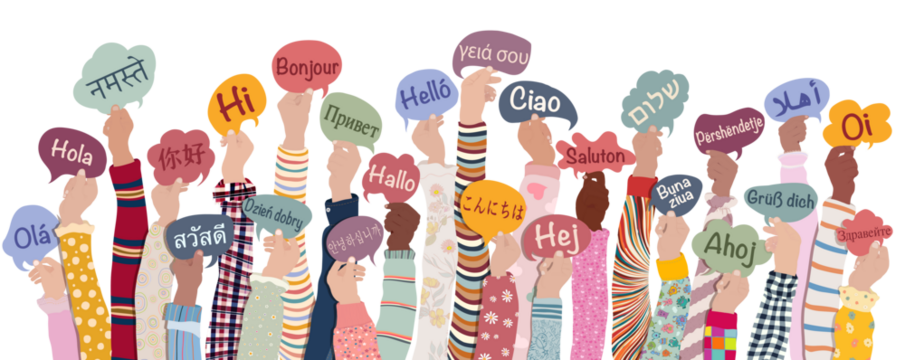Vol. 28 No. 1 (2025): Supporting Multilingual Children and Families in Early Childhood Spaces

Across the US, one third of children under the age of five are multilingual. In certain states, such as California, Texas, and New Jersey, the proportion of students who speak multiple languages is closer to 50% of the population (Nhi Giang & Park, 2023). Besides English, there are between 350 to 430 other languages spoken in our country with Spanish is the most dominant. Indeed, other languages like Chinese, Tagalog, Vietnamese, and Arabic have millions of speakers across our nation (Monsen & Gregory, 2023). Each of these languages brings unique nuances, cultures, value and purpose to families, children, and the educational context. Early childhood educators and researchers must utilize respectful and equitable approaches to partner with multilingual communities in meaningful ways.
This Dialog Special Issue, Supporting Multilingual Children and Families in Early Childhood Spaces, invited manuscripts that addressed the strengths and needs of multilingual children and families through research, policy, preparation, or other initiatives. The Dialog is pleased to support an issue that highlights, celebrates, and encourages multilingual learning, especially in today’s political climate. This issue aims to highlight a handful of wonderful initiatives across the country to reach multilingual learners in the early years. Indeed, I know you will find many practical and actionable steps for early childhood educators and other professionals who seek to support multilingual children and families in early childhood spaces.

